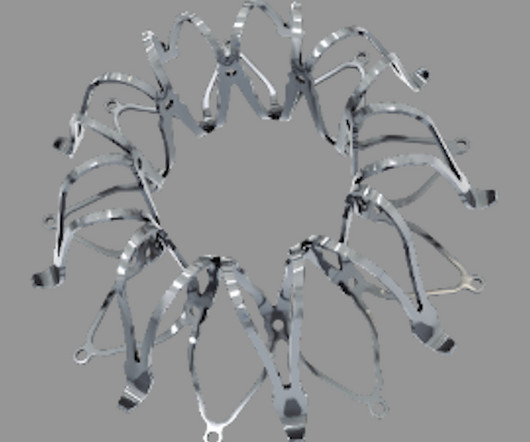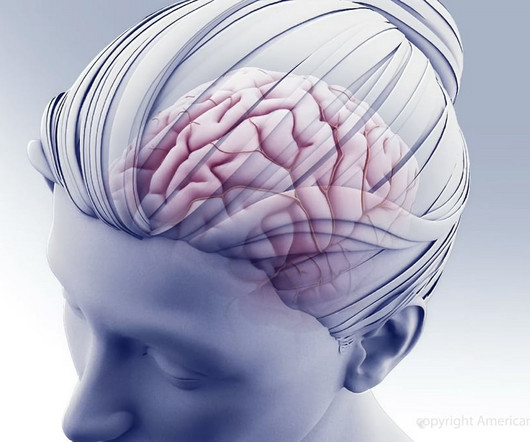Corvia's RESPONDER-HF Confirmatory Trial Supported by RELIEVE-HF Data
DAIC
APRIL 22, 2024
RELIEVE-HF failed to meet its primary efficacy endpoint and did not reduce heart failure events or improve quality of life in heart failure patients with a preserved ejection fraction (HFpEF). For more information: www.corviamedical.com If you enjoy this content, please share it with a colleague













Let's personalize your content